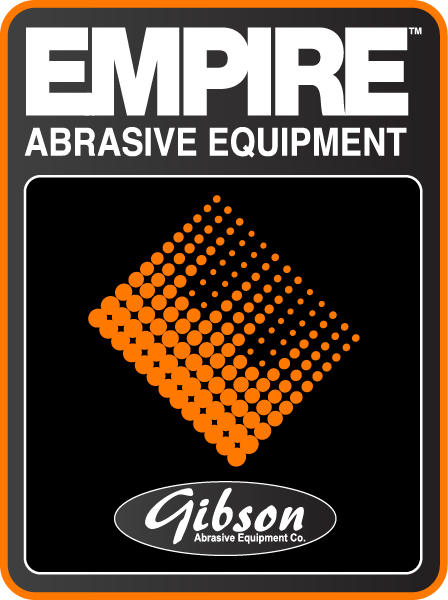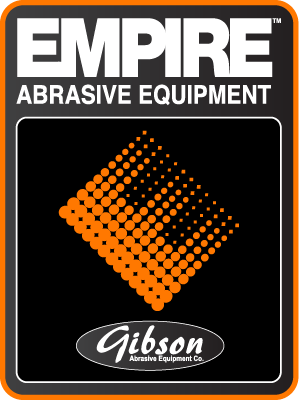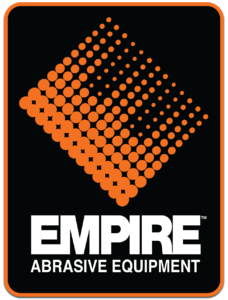Below is a list of some of the industry-specific terms we hear every day, but might be new to others:
- Abrasive Blasting: A process of propelling abrasive material against a surface to clean, smooth, or prepare it for another process.
- Air Blast Equipment: A blasting method that uses compressed air to propel abrasive media, typically used in smaller operations and manual blast rooms.
- Automation: The use of technology to perform a process with minimal human intervention, increasing efficiency and consistency.
- Blast Chamber: The enclosed area in a blasting machine where the abrasive process takes place.
- Blast Envelope: The area within the blasting chamber where the abrasive material impacts the workpiece.
- Blast Wheel: The mechanism in wheel blast equipment that propels abrasive media using centrifugal force.
- Bucket Elevator: A material handling mechanism used to lift and transport media for recycling in abrasive blasting systems.
- Dust Collector: A device used to remove dust and particulate matter from the air and abrasive media stream during blasting operations.
- Dual Chamber Spinner Hanger: A wheel blast system using two work chambers on an indexing turntable for continuous operation of blasting one set of parts while loading or unloading another.
- HMI (Human Machine Interface): A system that allows a user to interact with a machine or software; often a touchscreen control panel.
- In-house Engineering: The practice of designing and developing equipment within a company instead of outsourcing.
- Monorail Blast System: A fully automated flow through system using an overhead rail to convey parts through a blast chamber.
- PLC (Programmable Logic Controller): A specialized computer used to control industrial processes and machinery.
- Roller Conveyor Blast System: An automated blast system that uses a series of rollers to move parts through the blast chamber.
- Skew Roll: V-shaped rollers designed to convey and rotate pipes or other round objects through a blast chamber.
- Surface Finishing: The process of altering a surface through various mechanical, chemical, or electrical processes to achieve the desired properties.
- Table Blaster: A wheel blast system that uses a rotating table to expose parts to a blast stream, ensuring 360-degree coverage.
- Tumble Blaster: A type of wheel blast equipment that uses a tumbling barrel to process smaller parts in bulk.
- Wheel Blast Equipment: A blasting method that uses a rotating wheel to propel abrasive media by centrifugal force.
- Wire Mesh Belt Blaster: A type of wheel blast equipment that uses a wire mesh conveyor belt to continuously move parts through the blasting chamber.




